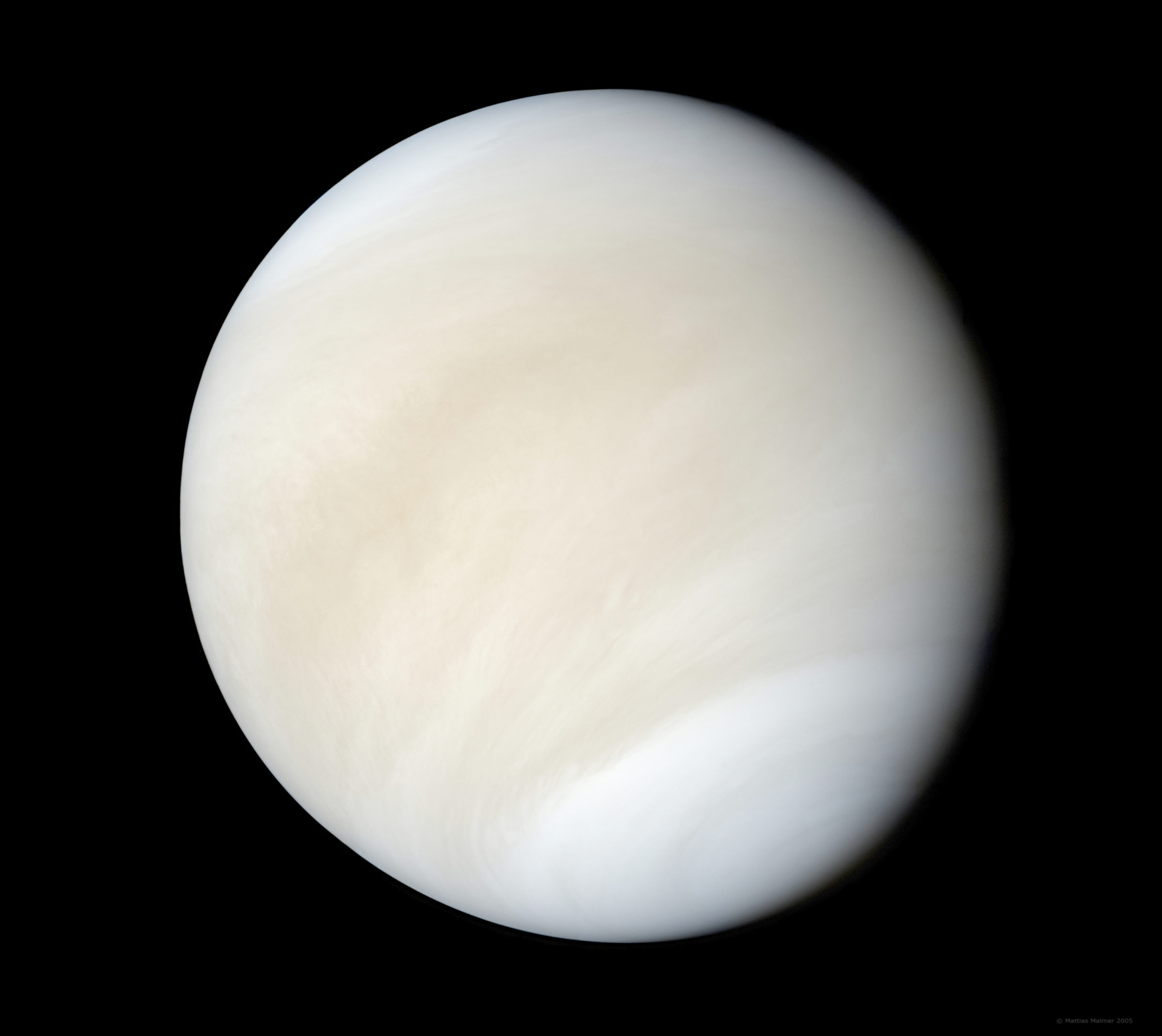Rocket Lab and MIT's Venus Life Finder mission
Highlights
- Launch vehicle company Rocket Lab is partnering with the Massachusetts Institute of Technology (MIT) to send the first private mission to Venus as soon as January 2025.
- The Venus Life Finder mission will drop a small probe into Venus’ atmosphere that will scan for organic molecules, which could be a possible sign of life.
- The probe is equipped with a single science instrument that will study a specific region of Venus’ atmosphere at a fraction of the cost of larger missions.
Why the mission matters
In 2020, a group of scientists announced they had detected phosphine in the clouds of Venus. On Earth, phosphine can be found in swamps and other locations as a byproduct of microbial life. Some scientists have long hypothesized that life could exist in Venus’ clouds, where some regions have Earth-like temperatures and pressures.
The phosphine findings bolstered the case for a renewed exploration of Venus, and there are now multiple space agencies sending missions to our neighboring planet in the coming years. The private launch vehicle company Rocket Lab is joining the fleet of spacecraft traveling to Venus. Rocket Lab is partnering with MIT to develop the Venus Life Finder mission with a single science instrument that will catalog molecules in the Venusian clouds and determine whether any are organic — a possible indication of life.
The mission, which is said to cost less than $10 million, is scheduled to launch in January 2025. That’s a fraction of the cost of NASA’s upcoming DAVINCI and VERITAS missions, which each have a price tag of about $500 million.
Although NASA’s missions are more advanced, Rocket Lab’s Venus mission could strengthen support for low-cost space missions designed to answer specific science questions. The results could help other Venus missions refine what they’re looking for, or even collect potential evidence of life beyond Earth.

How will the Rocket Lab Venus mission work?
The Venus Life Finder mission consists of a small probe shaped like a cone with a dome on top. A single person could pick it up: It weighs roughly 20 kilograms (45 pounds) and measures just 40 centimeters (16 inches) across.
The probe will be carried to Venus aboard Rocket Lab’s Photon spacecraft and dropped into the Venusian atmosphere. The data collection phase will last roughly three to five minutes as the probe plummets from a height of 60 to 45 kilometers (37 to 28 miles) — the potentially habitable region where phosphine was detected.
As the probe flies through this region, its single science instrument, an autofluorescence nephelometer (AFN), will shine a laser through a tiny window. The laser will hit molecules in the Venusian clouds, scattering light that the instrument can capture and use to measure the molecules’ concentrations, size, and shapes, giving insight into their compositions. Additionally, any organic materials in the clouds struck by the laser might autofluoresce — essentially, glow. Light from that process will also be recorded by the AFN.
The probe will transmit its results back up to Photon for relay to Earth. It will continue falling toward Venus’ surface until it is crushed by the planet’s unyielding temperatures and pressures.
The probe will not look for phosphine because doing so would require additional science instrumentation. But the results of what it sees should help scientists get a better idea of what, exactly, is in the Venusian clouds.

How will the probe get to Venus?
Rocket Lab’s Venus Life Finder mission will launch aboard the company’s Electron rocket. Electron is a small launch vehicle that can carry 300 kilograms (660 pounds) to Earth orbit. The 18-meter-tall (59-feet-tall) rocket is scheduled to blast off in May 2023 from the company’s Launch Complex 1 in New Zealand.
The Venus probe will be integrated into the rocket’s third stage, or kick stage. The stage is designed to fly multiple payloads to multiple orbits. A beefed-up version of the stage called Photon will be used for this mission. Photon can be outfitted for interplanetary missions and equipped with radiation-hardened electronics and a bigger engine. It successfully launched NASA’s CAPSTONE mission to lunar orbit in July 2022.
After launch, Photon will make multiple orbits around the Earth, gradually raising its altitude before using a lunar gravity assist to leave the Earth-Moon system and head for Venus. It would arrive at Venus in 2025, where it would release the probe directly into Venus’ atmosphere.
What happens if the mission detects organics?
The regions in Venus’ clouds that will be explored by the Rocket Lab mission have Earth-like temperatures and pressures. However, as a whole, they are low in water and high in sulfuric acid. This means any life as we know it might have to exist in smaller pockets where conditions are the most favorable.
The detection of organics in Venus’ atmosphere would be significant and exciting, but unfortunately wouldn’t be conclusive evidence of life. It would, however, continue to show that Venus, long written off as an inhospitable planet, has intriguing activity within its clouds — and possibly life.


 Explore Worlds
Explore Worlds Find Life
Find Life Defend Earth
Defend Earth

